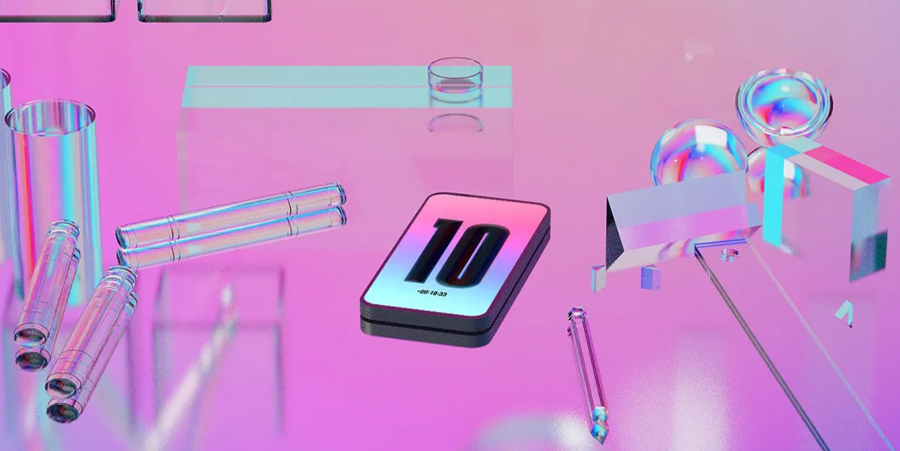And his suite of new apps is challenging app design’s favorite conventions.
The year was 2012. Gotye’s “Somebody That I Used to Know” dominated the charts. The New York Giants won the Super Bowl. And the iPad was quickly cementing its status as nothing more than a giant iPhone—a device that allowed you to consume content but not necessarily create it.
That’s when a breakthrough app called Paper was released. It transformed the iPad into a slick digital canvas that turned anyone into a professional artist. Paper would be downloaded more than 30 million times—getting its own Pencil stylus and PowerPoint competitor—before its parent company was sold to WeTransfer in 2018. Paper helped change the iPad into what it is today: the greatest sketchpad ever made.
Now Andrew Allen—Paper’s lead designer—is hoping he’s figured out the next big paradigm of app design with his new company, Andy. He left WeTransfer in early 2020 and spent the last year working with his hands, building his own climbing wall and child-friendly clock. And those experiences led him to what he’s releasing today alongside technical guru Mark Dawson: Three iPhone apps. (Not Boring) Weather. (Not a Boring) Calculator. And (Not a Boring) Timer.
Versions of these apps come free with every iPhone, but Allen’s are maximalist in design. The interfaces are rendered in Apple’s own game engine, with true 3D graphics instead of flat, minimal interfaces. Why? Because Allen wants to move the needle forward on software design.
“Our phones today are almost a different device from what the iPhone 1 was when it came out 15 years ago. 23 times the resolution. 313 times the CPU. 700 times the graphics processing capabilities,” Allen rattles off. “And here’s the sad thing. Look at iOS 1, and the basic apps of Weather and Calculator, they’ve barely changed. . . . If you’d gone back 14 years ago and said, ‘These future phones will be 700 times more powerful!’ imagine what software we’d be running. We wouldn’t imagine this!”
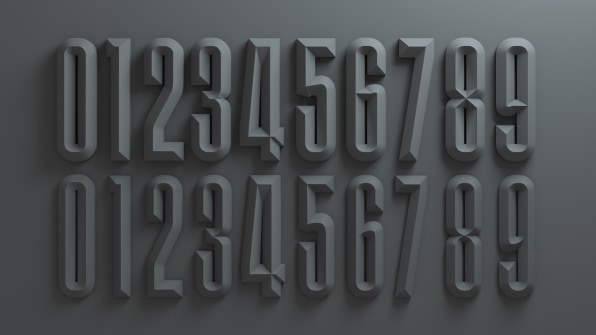
Allen isn’t wrong. While companies such as Facebook have used all this new resolution and processing power to explore virtual reality headsets, the software we have on phones and tablets has fallen into a rut of sans serif fonts and hamburger menus. These conventions are largely good for users. When is the last time you opened an app that you couldn’t figure out how to use instantly? But they also lack variety and fail to maximize the capabilities of ever-improving iPhone processing power.
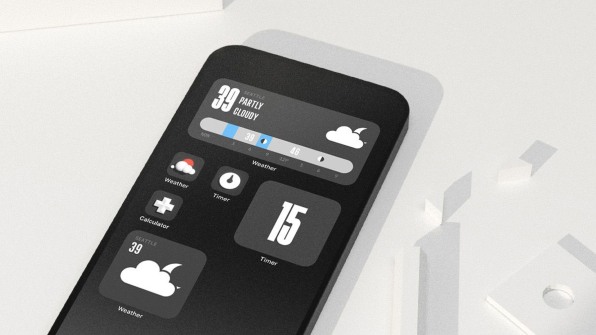
For Allen, it was working with his hands, building furniture projects during his year off that opened up his thinking.
“There are certain things [like furniture]you use a lot and you want to be considerate of which ones you purchase. They’re a reflection of your ideals and values,” says Allen. [But] that once you try to bring that mentality to the digital world, it’s all different. Suddenly, there isn’t the variety of options.”
Allen aspires for his apps to be something more like craft beer, or an Eames lounger, for the software world. They are almost overdesigned to be unique statements unto themselves.
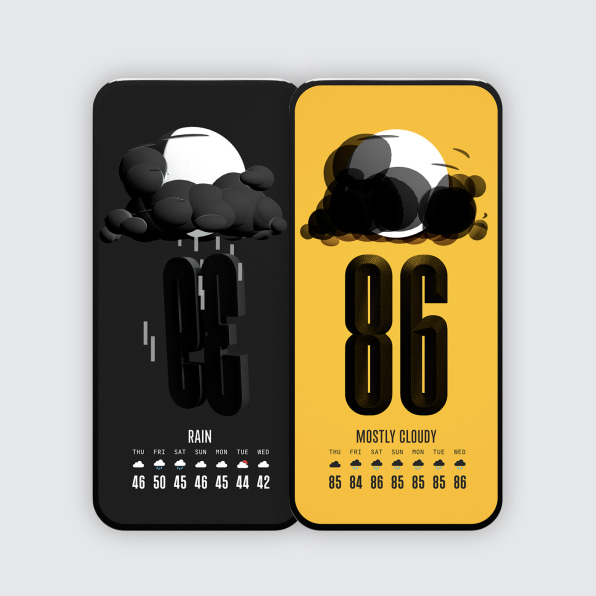
Take his new weather app. It displays the temperature in a giant, 3D typeface. An image of the clouds and sun lives over it. Glance at the screen for the first time, and you realize that this isn’t like any weather app you’ve ever seen. But examine it even closer, and you’ll discover hidden thoughtfulness in the interface.
For one, if you hold your thumb on the temperature, you can rotate it, like an object. Tap on the clouds, and they’ll rearrange themselves differently every time. (What you’re seeing is actually an algorithm that creates and recreates just the right amount of clouds to depict the exact percentage of cloudiness in the sky at this very moment.)
“Everything is tappable, nothing is dead,” Allen explains, noting the chime-like tones that numbers and images will often make when you touch them, for no reason other than your own enjoyment.
If it’s raining, you will, of course, see rain. But if it’s windy, that rain will actually blow—and it will blow in the right direction. How? Allen is referencing your phone’s compass to know the way you are facing, then renders the rain to respond to your precise point of view. (Again, this is a benefit of Allen actually rendering this app in a full 3D game engine instead of in 2D layers and animations, like most other apps.)“We don’t expect people will notice this,” Allen says of the rain animation. “But it adds up to give you a more direct connection with the actual data.”
And then, at the bottom of the screen, the app features a slick weather slider. You can scrub your thumb over it to watch the day’s weather cycle through on your screen. Swipe right, and you get a view of the entire week. (Data is currently pulled from OpenWeather, as with many other weather apps.)
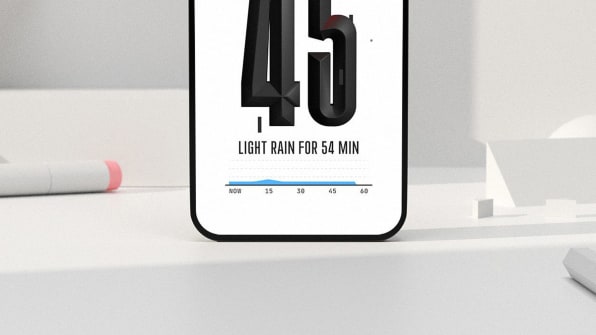
The interface is novel and self-celebratory. It seems to be having fun as it conveys information. And I can say the same for the timer and calculator apps, too.
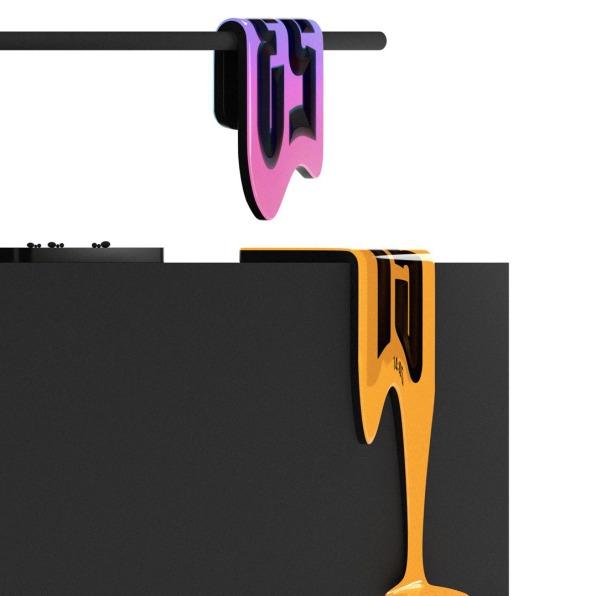
Inspired by video games, Allen hid Easter eggs inside his apps, which allow you to unlock new skins so that you can change the color and texture of the interfaces. In the future, he plans to commission artists to develop more skins for the apps with each season. Some will be new colorways, others might imagine the interface in far more abstract ways, just for the heck of it.
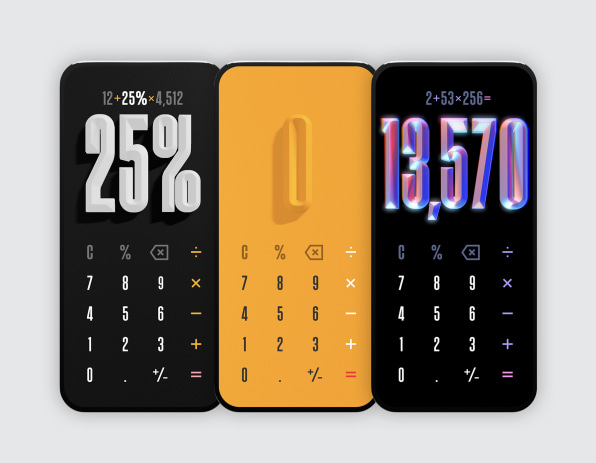
How can he afford to invest so much into these simple apps? Allen is boldly charging a subscription. To use these apps—and more simple utility apps he plans to release in the future—he’s asking for $15 per year. And if you’re willing to pay $70 per year, you’ll get access to special, limited-edition skins.This business model is super successful for properties in the video game world, such as Fortnite and Call of Duty, which charge seasonal subscriptions to unlock new items and skins. However, those games have tens of millions of passionate players. Allen is simply making utility iPhone apps here. Will there really be an audience?
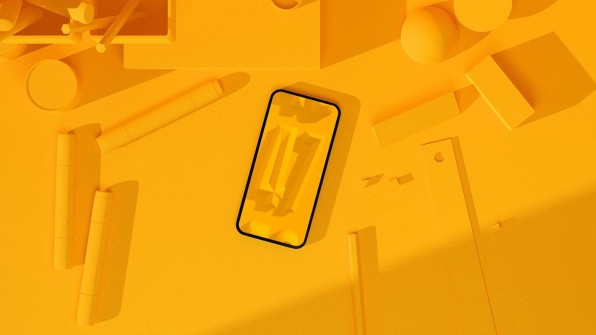
“This is not going to be a mass market product. It’s a niche product,” says Allen. “[It’s for] a certain person who appreciates this type of design. It’s never going to be a majority of people. We kind of like that.”Indeed, no matter how many people actually subscribe to use these apps, it’s ultimately a positive step for the design world that they exist. Allen’s apps actually remind me a lot of what we saw in the early days of the App Store, when independent developers used something as simple as a basic weather app to riff on and explore experimental interface and data visualization. The difference now, though, is that our iPhones are supercomputers in our pockets. They really are capable of so much more than they do today; designers just have to take some risks first.

